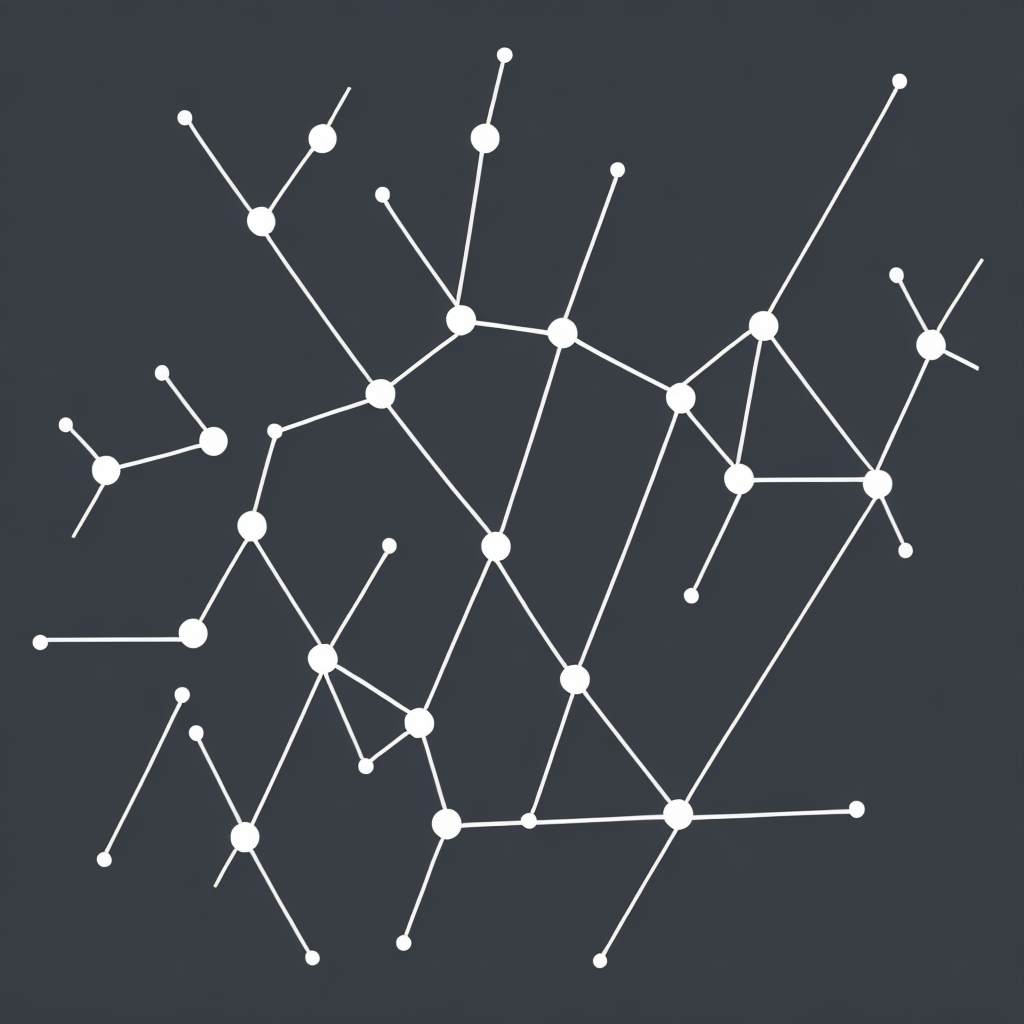Unraveling the Power of Knowledge Graphs: Enhancing Data Management, Insights, and AI Applications
In the rapidly evolving digital landscape of the 21st century, the capacity to manage, organize, and extract meaningful insights from voluminous data sets is paramount. Enter knowledge graphs – a groundbreaking solution that brings semantic web techniques to data management, ushering a new era of enhanced analysis capabilities and intelligent application development.
Introduction
Knowledge graphs, a comprehensive digital representation of information, provide a sophisticated framework to link and integrate complex, diverse datasets. They serve as an intelligent foundation for modern databases, enabling users to navigate, understand and predict intricate relationships and contexts beyond traditional search functionalities. This approach not only improves the utility of data management but also drives significant advancements in AI applications, decision-making processes, and overall organizational effectiveness.
The Enigma of Data Management
As the volume of data grows exponentially, traditional data management systems face challenges in comprehensibility, scalability, and interoperability. Knowledge graphs, by addressing these issues through structured relationships and semantic understanding, transform the realm of data management. They allow for hierarchical information organization, making it easier to incorporate, search, and analyze data. Additionally, these graphs facilitate the integration of siloed data sources, creating unified systems that offer a holistic view of the organization’s digital assets.
Enhancing Insights Through Knowledge Graphs
Knowledge graphs significantly improve the depth and relevance of insights derived from data. By structuring information in a way that identifies connections, patterns, and trends, they unearth valuable insights that might be overlooked in less organized data sets. This is particularly beneficial in fields such as business intelligence, market analysis, and customer experience, where understanding interrelations between entities can propel businesses towards more informed decision-making.
Artificial Intelligence’s New Best Pal
Knowledge graphs have become a cornerstone in the development of AI applications, particularly in the areas of natural language processing, recommendation systems, and predictive analytics. By providing contextually rich data representations, these graphs enable AI algorithms to not only process information but also reason about its implications. This capability paves the way for smarter, more autonomous AI systems that can learn from and interact with the complexities of the real world.
Case Studies and Future Prospects
Success stories abound in utilizing knowledge graphs to amplify performance in various industries. For instance, financial institutions harness the power of knowledge graphs to detect anomalies in transaction patterns, thereby enhancing fraud detection systems. In healthcare, these graphs facilitate the integration of patient data across different sources, providing healthcare professionals with a more comprehensive understanding of patient health and treatment outcomes. Looking towards the future, knowledge graphs are anticipated to play a pivotal role in emerging fields like autonomous driving and personalized marketing, driving innovation and efficiency across multiple domains.
Conclusion
In the face of a data-rich world, knowledge graphs represent a transformative approach to data management and AI applications. By enabling deeper insights, improving decision-making processes, and driving intelligent automation, these powerful tools are reshaping the boundaries of what is possible in today’s digital landscape. As we continue to unlock the full potential of knowledge graphs, they shall undoubtedly become an indispensable asset for organizations seeking to navigate the complexities of the 21st-century data-driven world.
